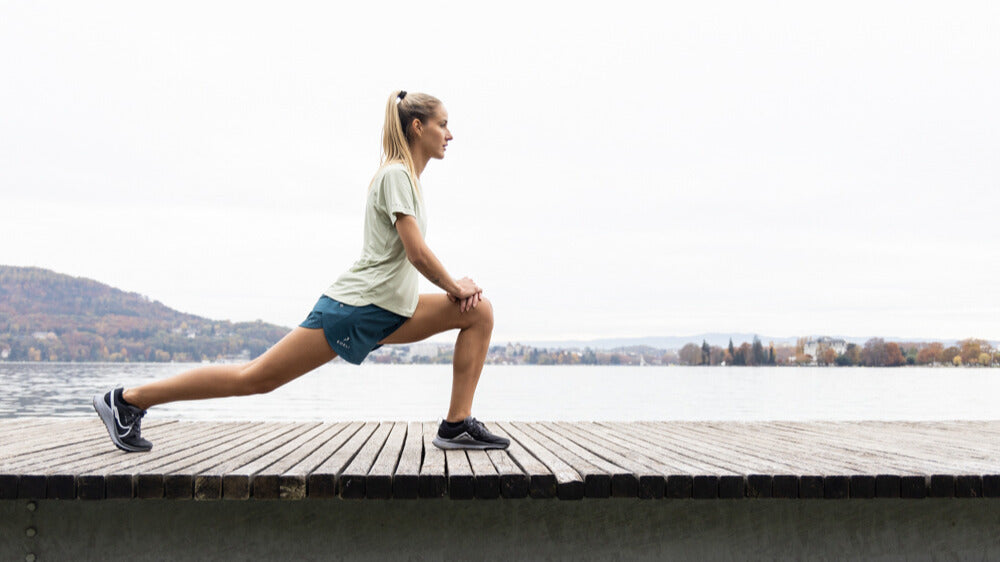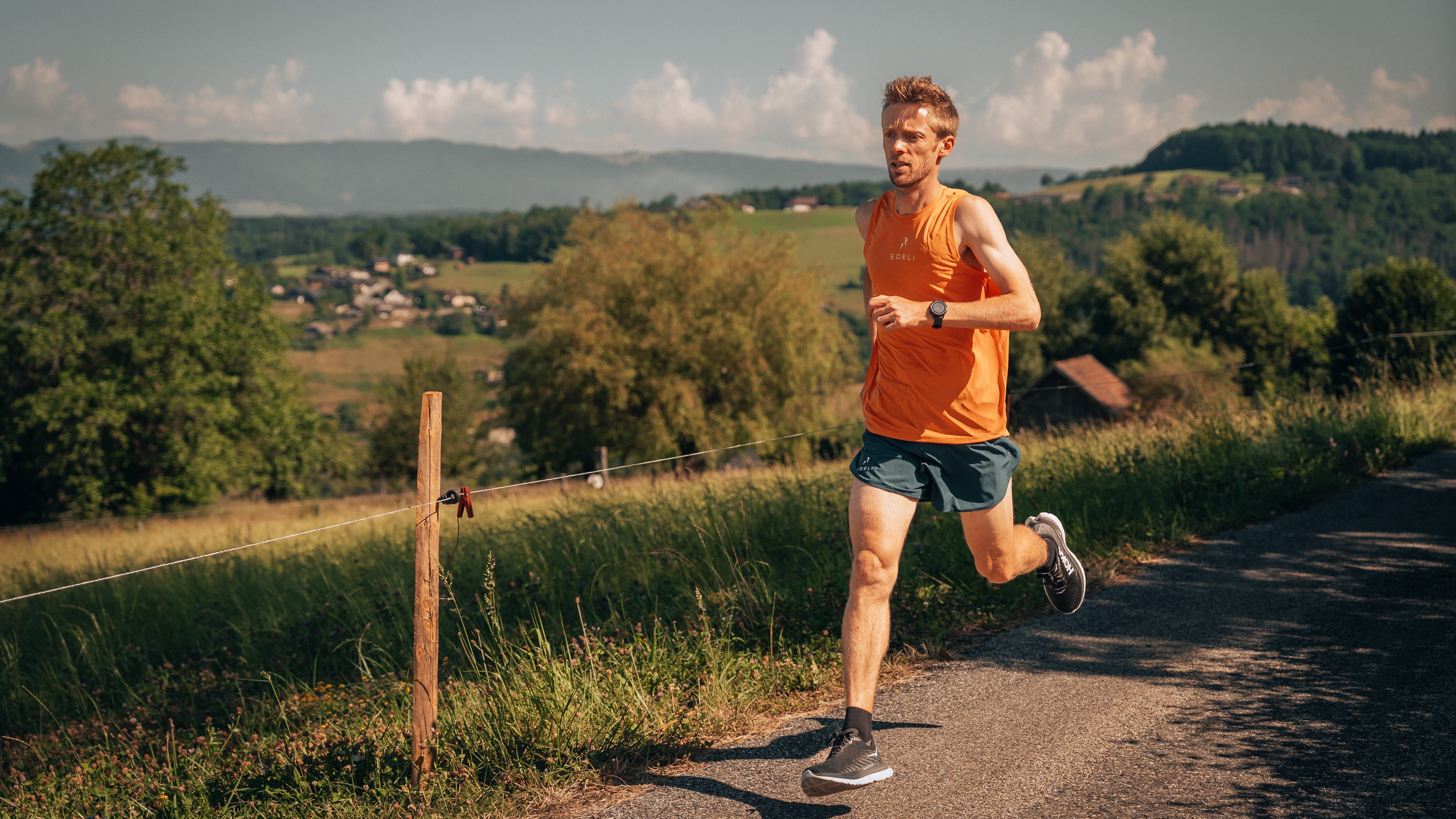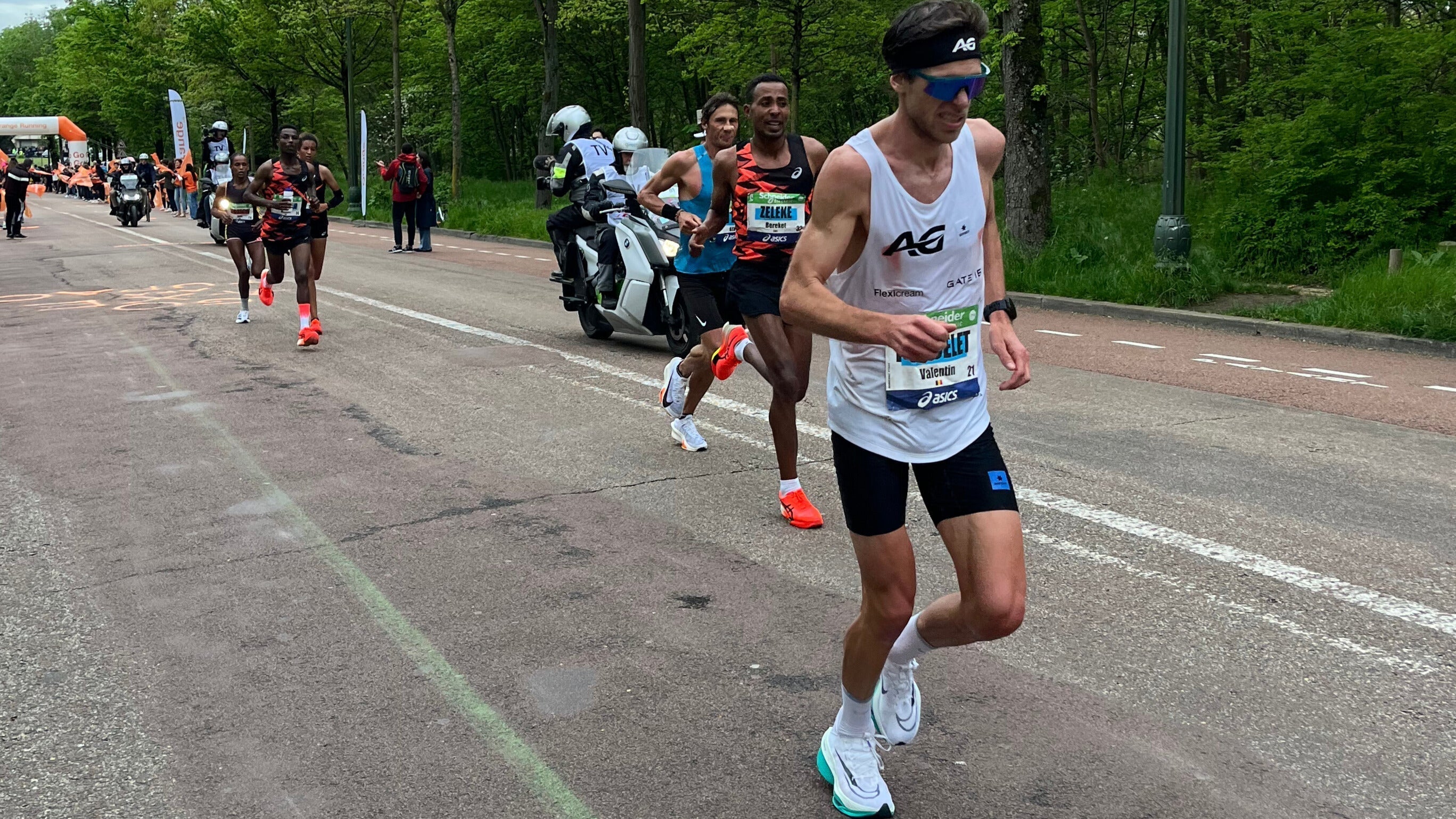
4 Key Warm-Ups Before Running
Warming up before a race is a small ritual to adopt to properly prepare your body and limit the risk of injury, such as a small tear, for example. The definition of warming up is understood as a fairly broad concept including joint awakening, dynamic stretching and strengthening exercises, and a very gradual increase in power, especially for demanding sessions such as interval or hill sessions. The idea is to gradually prepare for an effective and risk-free session. Here is a description of three 'chronological' activities allowing for a progressive and effective warm-up that can be integrated into any running or trail running session, with the fourth tip being to pay special attention to sessions in very cold weather.
Joint awakening
Joint awakening is essential because it prepares our bodies for exercise. Rotating or rocking movements of key joints stimulate the production of synovial fluid, which is the 'natural lubricant' to limit friction and soften tendons. This prevents stiffness at the start. The three target areas to 'awaken' or stimulate are the ankles, knees, and hips. For the ankles, the idea is to perform several rotating movements while stopping, first one ankle, then the other. For the knees, you can perform a few movements on the spot, raising your knees to hip height, keeping your torso straight and your arms active to accompany the movement and maintain balance. An alternative or complementary joint awakening for the knees is to perform a few heel-to-buttock movements, still on the spot. Finally, for the hips, simply perform 'quarter' rotations to the right and then to the left. All these small movements begin to wake up your joints and prepare them for running. This joint awakening takes just a few minutes. It is very useful for morning sessions when you get up.
Dynamic stretching and strengthening
After these muscle-awakening exercises, you can move on to some dynamic stretching and strengthening exercises. The idea is to start getting your body moving by swinging and making small movements. Some examples of dynamic stretches: leg swings back and forth and/or left to right while holding onto a wall or barrier (activating the hamstrings, quadriceps, hips and adductors) and some heel-to-buttock movements while jogging and knee lifts also while moving (these are the same exercises as for muscle-awakening but this time in motion). To keep the momentum going, you can do dynamic forward lunges while moving forward, bringing your back leg forward each time and so on, or some squats with one or two steps between each squat. Another dynamic stretching exercise while moving forward is to 'open' the hips by lifting the knee and then rotating it outward before placing it down, then lifting it and bringing it inward, then taking a step forward and switching to the other leg. These dynamic stretching and strengthening exercises also take just a few minutes.
The rise to power
Even after a gradual joint awakening and some dynamic stretching and warm-up exercises, it is strongly recommended to start each session with fifteen to twenty minutes of running at basic endurance (65 to 70% of maximum heart rate), a pace where we can still talk. This is like an extended warm-up phase to very gradually prepare the heart, accelerate blood circulation and muscle awakening (after joint awakening). This phase of increasing power in basic endurance prepares the body for the more demanding, more intense parts of sessions such as interval sessions, threshold sessions or successive hill climbs. After joint awakening and its fifteen or twenty minutes at basic endurance, the body is ready to provide intense efforts without significant risk of injury.
Beware of the extreme cold
Last tip for winter sessions when it's cold or even very cold (close to 0° or below). In these conditions, warming up before the race is even more crucial to avoid the risk of muscle tears or strains. In very cold weather, muscles are less flexible and tendons are stiffer, hence the increased risk of injury. Static stretching outdoors should be avoided, as it can increase this risk. Start with a warm-up, for example, the joint warm-up phase. Then move on to a brisk walking phase outside with more progressive and lighter dynamic stretching and strengthening exercises than usual. It is also important during these outings in very cold weather to cover your extremities well (gloves, hats, high socks or leggings), and to wear a breathable base layer close to the body (seamless T-shirts). The basic endurance pace phase remains essential for the body to warm up. Do not hesitate to extend this phase of building up to basic endurance by 5 or 10 minutes when the outside temperature is very cold.
A well-managed warm-up before running therefore consists of performing a 'gentle' joint awakening, especially for morning sessions when getting out of bed, then some stretching and/or dynamic strengthening exercises before starting the running session with around fifteen or twenty minutes of building up to basic endurance. These twenty to thirty minutes of warm-up, including the basic endurance running phase, are one of the simple keys to implementing to reduce the risk of injury, particularly when the temperature conditions are cold in the heart of winter, even if it means adding 5 or 10 minutes to the total duration of your session.



Leave a comment
This site is protected by hCaptcha and the hCaptcha Privacy Policy and Terms of Service apply.